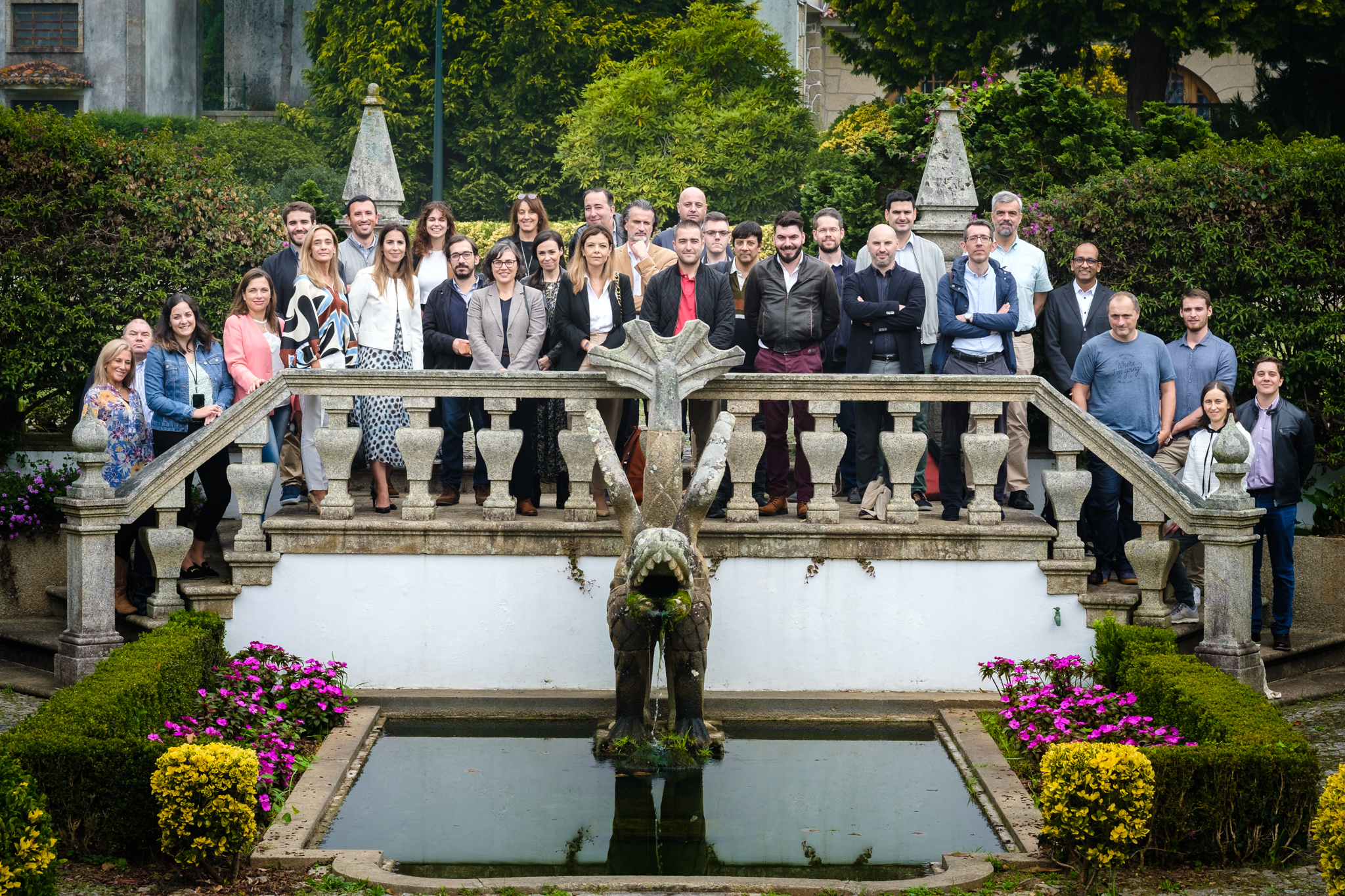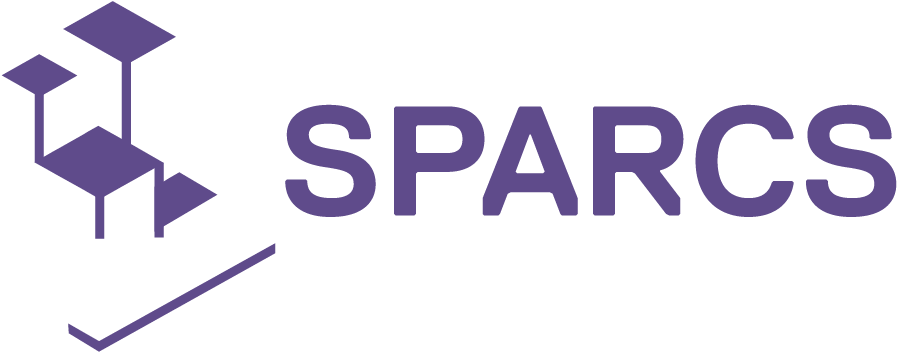Fellow City Maia has taken the lead in energy transition
The Municipality of Maia hosted yesterday the first meeting that brought together local partners from three European Horizon Projects currently under development in the city: the SPARCS project, OMEGA-X and EHHUR.
All three projects share common ideas and work on the topics of the energy transition, digital transition and carbon neutrality across Maia.
The local partners of SPARCS, EDP NEW R&D, SPI – Sociedade Portuguesa de Inovação, and AdEPorto – Agência de Energia do Porto gave their views on the objectives and methodology of SPARCS. In addition, the OMEGA-X project aims to implement a data space based on common European standards, including a federated infrastructure, a data market and a services market. This also involves the sharing of data between different stakeholders and demonstrating its value in use cases and real and concrete needs in the energy sector. The University of Maia, EDP NEW, Tecnalia and Odit-e are partners of the Portuguese demo site.
The EYES HEARTS HANDS Urban Revolution (EHHUR) project, part of the NEB – New European Bauhaus mission, aims to support cities by developing and testing a methodology to support the transformation of the built environment based on community involvement and co-design. The Municipality, together with Espaço Municipal EM, will have local support from AdEPorto, EDP NEW and SPI.
The meeting between the 3 H2020 projects included brief presentations of their individual objectives and the stakeholders involved. The project partners also had on-site visits to various infrastructures and equipment, such as the social housing complex of Sobreiro, which is a specific focus of both projects. In the case of SPARCS, the neighbourhood could be an integral part of the PED, having the potential for installing a PV energy community. Under EHHUR, there are some activities related to the support for the renovation of 7 blocks of the neighbourhood, co-design with the participation of the neighbourhood’s inhabitants, crowdfunding strategies to co-finance generation infrastructures,
The visit to the demo sites also included a tour of an electrical substation that supplies energy to the city, a photovoltaic production system, infrastructure charging for electric vehicles, air quality monitoring systems, and energy and irrigation water consumption.
Photo Credits to Mário Santos

